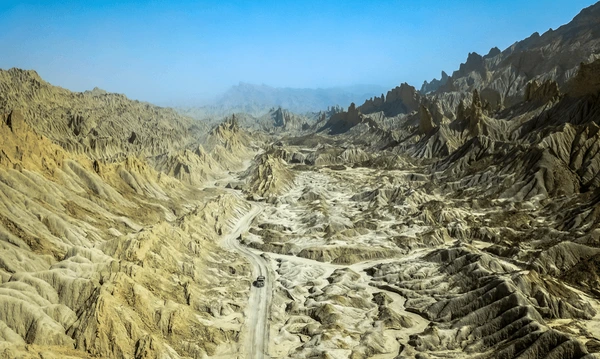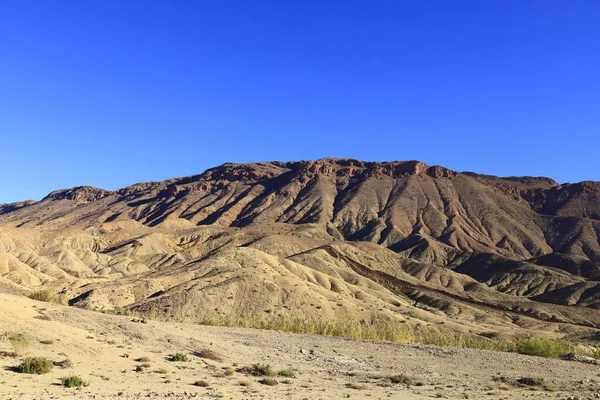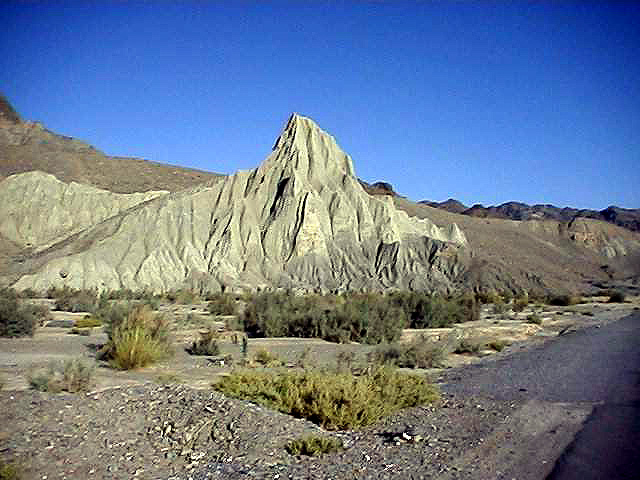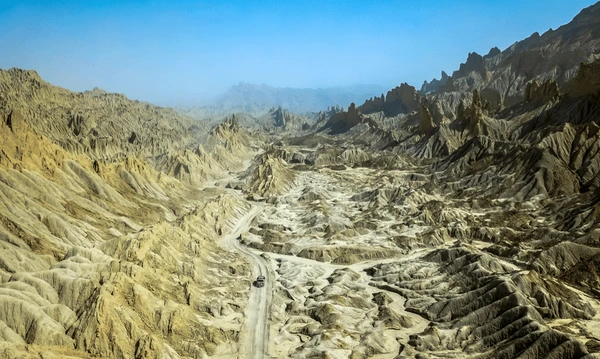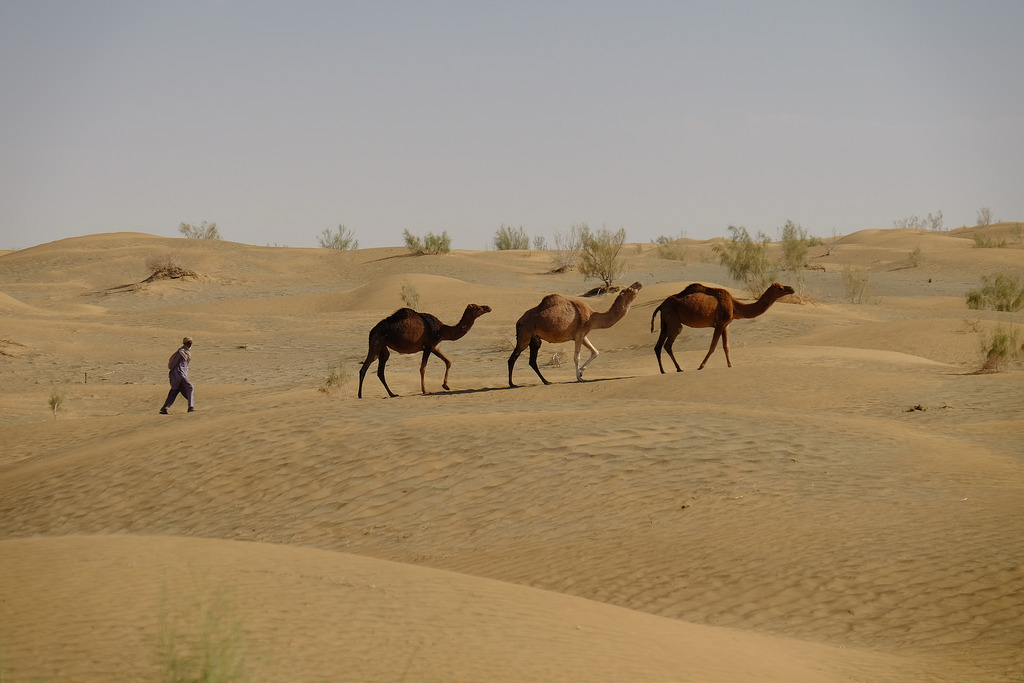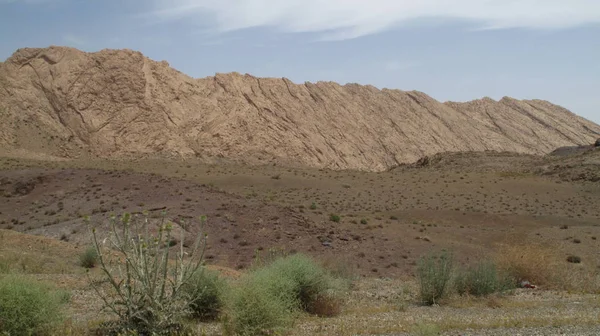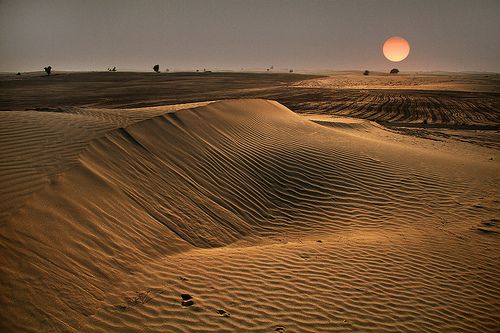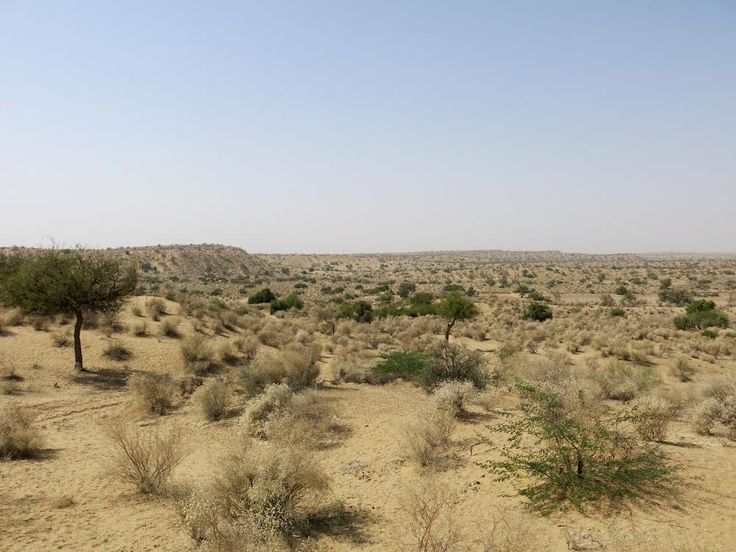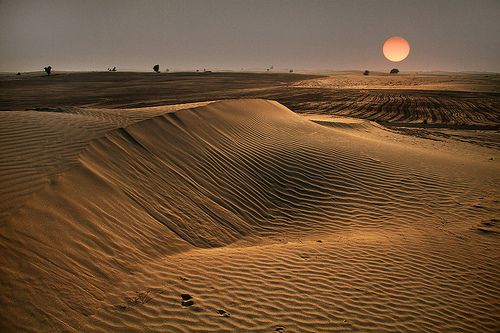
About the Kharan
Karan City: A Tapestry of Tradition and Transformation
Nestled along the gentle bends of the Amber River, Karan City has long been a crossroads where riverside hamlets gave way to thriving urban enclaves. Today, it stands as a vibrant municipality that weaves together the threads of centuries-old traditions and the bold ambitions of a modern metropolis. From its sun-baked courtyards to its glimmering high-rise skyline, Karan City invites visitors and residents alike to explore its storied past, dynamic present, and promising future.
Geographical Setting and Urban Landscape
Perched in a fertile river valley, Karan City enjoys a temperate climate marked by hot summers and cool, misty winters. The Amber River not only irrigates its surrounding plains but also serves as a scenic artery that bisects the city’s original quarters. To the east, rolling foothills give way to olive groves and terraced fields that supply the city’s bustling marketplaces. Westward, newer districts have sprouted with planned avenues, landscaped parks, and residential towers. Within the urban core, narrow lanes meander through dense clusters of sandstone buildings, while broad boulevards showcase modern civic landmarks. This duality—the coexistence of intimate, shaded courtyards and open, glass-fronted promenades—captures Karan City’s distinctive blend of the historic and the contemporary.
A Chronicle of Growth and Resilience
Archaeological remnants trace Karan City’s origins back more than eight centuries, when a modest trading post emerged at the river ford. Over subsequent centuries, caravans laden with spices, textiles, and ceramics passed beneath its fortified gates, attracting merchants and artisans who established workshops and bazaars. The city’s fortunes waxed and waned through episodes of regional conflict and imperial rule, yet each era left an indelible imprint on its social fabric and architectural tapestry. In the nineteenth century, the advent of rail connections to distant provinces accelerated population growth, transforming Karan from a provincial center into a hub of commerce and culture. During the twentieth century, waves of industrialization ushered in factories and mills, further diversifying the city’s economic base. Despite periodic challenges—from floods to market downturns—Karan City’s residents have repeatedly demonstrated a capacity for adaptation, rebuilding, and renewal.
Demographic Mosaic and Community Life
Today, Karan City is home to over 1.2 million inhabitants, representing a mosaic of ethnicities, languages, and faiths. Centuries-old families still populate the old quarters, while newcomers drawn by educational and employment opportunities settle in the suburbs. Multigenerational households coexist alongside young professionals in apartment complexes, and communal life thrives in neighborhood community centers where language exchange classes, folk-dance rehearsals, and open-air markets take place. Local dialects echo through teahouses as elders reminisce about the city’s past, while university students marshal social media campaigns to champion environmental initiatives. This layering of age, background, and aspiration fosters a vibrant civic discourse in which tradition and innovation inform one another.
Economic Dynamism and Infrastructure
Karan City’s economy has diversified significantly over the past three decades. Traditional handicrafts—such as hand-woven tapestries, pottery, and metalwork—continue to attract both domestic and international buyers, sold alongside contemporary design studios and tech-driven startups. A burgeoning information-technology corridor hosts software firms, call centers, and research labs that leverage the city’s well-educated workforce. Meanwhile, light manufacturing plants produce textiles, food-processing goods, and precision components for export. To support this economic matrix, municipal authorities have invested heavily in transportation and utilities: a network of ring roads and bypasses alleviates congestion, solar-fed streetlights illuminate neighborhoods, and a modern wastewater treatment facility ensures environmental safeguards for the Amber River. Public-private partnerships have also facilitated the expansion of broadband internet, making Karan a digital gateway for remote work and e-commerce.
Education, Healthcare, and Social Services
Recognizing that human capital underpins sustainable growth, Karan City’s leadership has prioritized education and healthcare. The city boasts a university with faculties spanning engineering, humanities, and health sciences, complemented by technical institutes that offer vocational training in fields ranging from hospitality to renewable energy. Primary and secondary schools—both public and private—have integrated bilingual curricula, blending national history with global perspectives. On the healthcare front, a cluster of hospitals and clinics provides comprehensive services, from maternal care to advanced cardiac surgery. Mobile health units venture into peri-urban zones, ensuring that marginalized communities benefit from vaccination campaigns and preventive screenings. Social welfare programs, often coordinated through local NGOs, address food security, elder support, and youth mentorship, reinforcing the social safety net for the city’s most vulnerable residents.
Cultural Mosaic and Festivities
Karan City’s cultural calendar teems with festivals that celebrate its plural heritage. Spring ushers in the Amber River Regatta, a colorful boat race that culminates in riverside concerts and craft exhibitions. In mid-summer, the Lantern Festival transforms the ancient citadel ruins with hundreds of glowing lanterns, accompanied by poetry recitals and shadow-puppet performances. Autumn’s Harvest Fair spotlights local produce—pomegranates, olives, and honey—alongside culinary competitions and folkloric dances. Religious observances, too, are observed with communal feasts and charitable gatherings, fostering bonds among diverse faith communities. Art galleries and theaters in the downtown cultural district host rotating exhibitions and performances, from contemporary dance troupes to jazz ensembles, reflecting Karan City’s emerging role as a regional arts hub.
Tourism, Heritage, and Urban Green Spaces
Tourists drawn to Karan City often begin their exploration in the Old Town, where ornately carved wooden doors open onto hidden gardens and centuries-old mosques stand alongside converted caravanserais housing boutique hotels. Guided walking tours trace the evolution of architectural styles, from Indo-Persian domes to Art Deco façades erected in the early twentieth century. Beyond historic landmarks, the city’s planners have prioritized urban green spaces: Riverbank Park offers shaded promenades, playgrounds, and open-air cafés, while Hillcrest Botanical Gardens showcase indigenous flora and host educational workshops. Weekend eco-tours venture to the nearby foothills, where nature trails lead to panoramic overlooks and migratory bird-watching sites. Culinary tourism has also flourished, with food stalls and restaurants serving regional specialties—such as spiced lamb stews and walnut-stuffed flatbreads—alongside fusion-style cafés catering to younger crowds.
Looking Ahead: Opportunities and Challenges
As Karan City moves deeper into the twenty-first century, it faces both exhilarating opportunities and formidable challenges. Rapid urbanization brings pressing needs for affordable housing, sustainable public transit, and pollution control. Climate-resilient infrastructure will be crucial to mitigate the risks of flooding during monsoon seasons, and efforts to expand renewable energy sources aim to reduce the city’s carbon footprint. At the same time, digital transformation—through smart-city technologies, e-governance platforms, and innovation districts—promises to enhance service delivery, civic engagement, and economic competitiveness. Ultimately, the city’s trajectory will hinge on its ability to balance growth with social equity, environmental stewardship, and the preservation of the rich cultural heritage that defines Karan City’s unique character.
In a world of ever-shifting frontiers, Karan City stands as a testament to the enduring synergy between past and future. Its winding alleys, bustling marketplaces, and modern avenues all reflect the collective aspirations of generations who have called this riverbank home. As new chapters unfold, Karan City remains poised to blend tradition with transformation, offering a compelling story of resilience, diversity, and innovation.
Address: HCP8+6G8 Narouei Dates Orchard, Kharan, Pakistan
